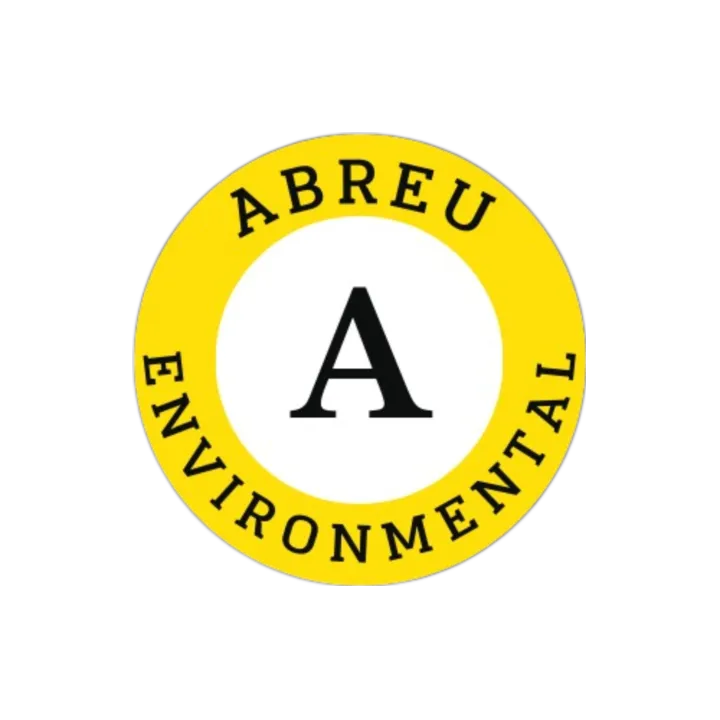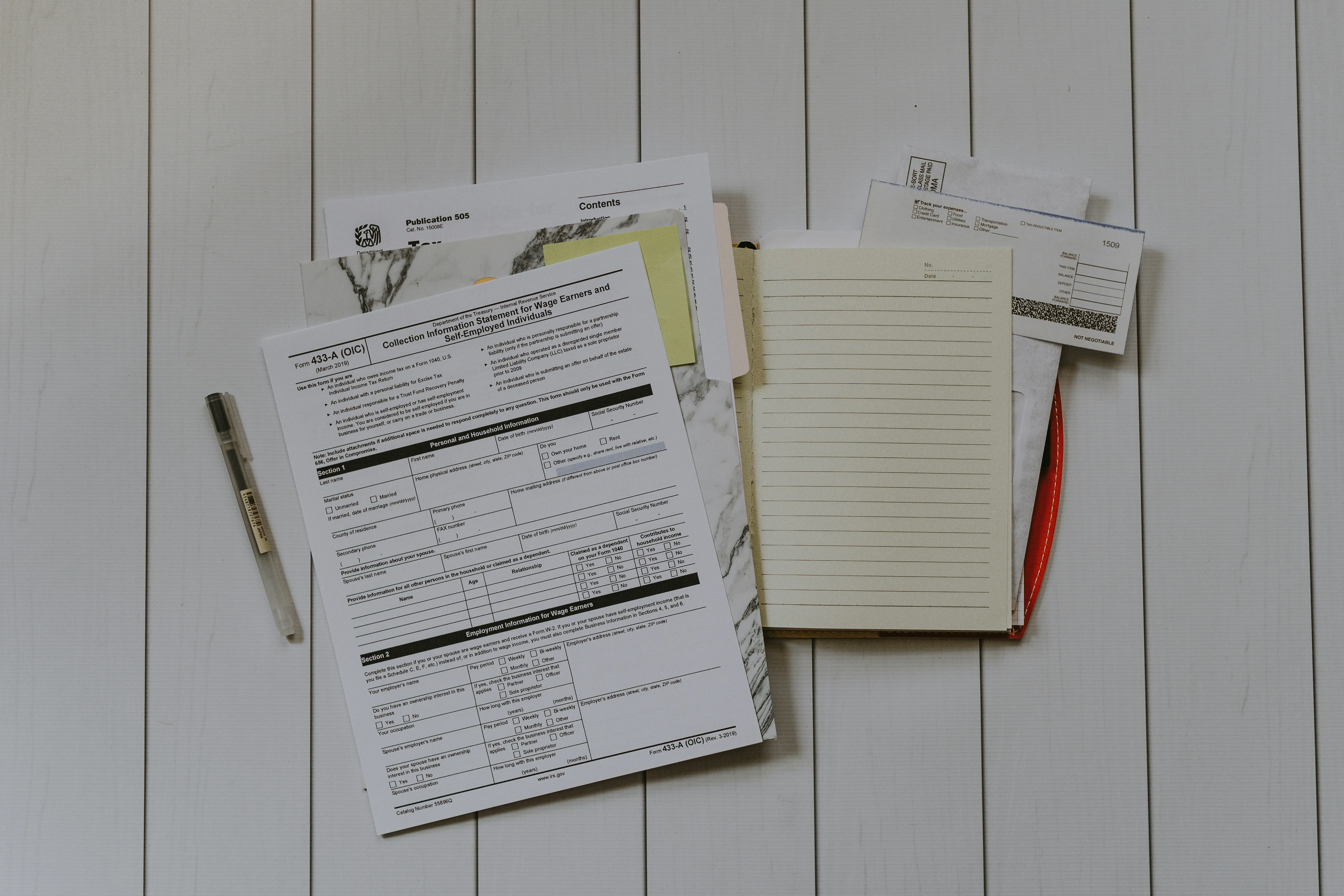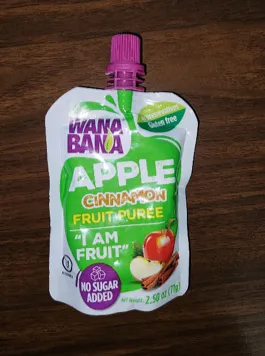Steps to Reduce Lead in Drinking Water
What You Can Do
Find Out if Lead is in Your Drinking Water
First, learn more about the water coming into your home
EPA requires all community water systems to prepare and deliver an annual water quality report called a Consumer Confidence Report (CCR) for their customers by July 1 of each year. Contact your water utility if you'd like to receive a copy of their latest report. If your water comes from a household well or other private water supply, check with your health department, or with any nearby water utilities that use ground water, for information on contaminants of concern in your area.
- Find your local Consumer Confidence Report
- Information about CCRs for consumers
- EPA's CCR home page
- Learn more about protecting water quality from private drinking water wells
- Printable color fact sheet: Is There Lead in My Drinking Water?
EPA's Public Notification Rule requires public water systems to alert you if there is a problem with your drinking water.
Second, you can have your water tested for lead
Homes may have internal plumbing materials containing lead. Since you cannot see, taste, or smell lead dissolved in water, testing is the only sure way of telling whether there are harmful quantities of lead in your drinking water. A list of certified laboratories are available from your state or local drinking water authority. Testing costs between $20 and $100. Contact your water supplier as they may have useful information, including whether the service connector used in your home or area is made of lead.
- when you may want to test your drinking water; and
- what to do if your home tests positive for lead.
You can also view and print a fact sheet on testing your home's drinking water.
Important Steps You Can Take to Reduce Lead in Drinking Water
Below are recommended actions that a person may take, separately or in combination, if they are concerned about lead in their drinking water. The list is not intended to be exhaustive or to imply that all actions equally reduce lead from drinking water. EPA recommends you also contact your local water system and health department.
- Have your water tested. Contact your water utility to have your water tested and to learn more about the lead levels in your drinking water.
- Learn if you have a lead service line. Contact your water utility or a licensed plumber to determine if the pipe that connects your home to the water main (called a service line) is made from lead.
- Run your water. Before drinking, flush your home’s pipes by running the tap, taking a shower, doing laundry, or doing a load of dishes. The amount of time to run the water will depend on whether your home has a lead service line or not, and the length of the lead service line. Residents should contact their water utility for recommendations about flushing times in their community.
- Learn about construction in your neighborhood. Be aware of any construction or maintenance work that could disturb your lead service line. Construction may cause more lead to be released from a lead service line.
- Use cold water. Use only cold water for drinking, cooking and making baby formula. Remember, boiling water does not remove lead from water.
- Clean your aerator. Regularly clean your faucet’s screen (also known as an aerator). Sediment, debris, and lead particles can collect in your aerator. If lead particles are caught in the aerator, lead can get into your water.
- Use your filter properly. If you use a filter, make sure you use a filter certified to remove lead. Read the directions to learn how to properly install and use your cartridge and when to replace it. Using the cartridge after it has expired can make it less effective at removing lead. Do not run hot water through the filter.
Learn more by reviewing EPA's Lead in Drinking Water Infographic.
Related Information
- Fact sheet: How to Identify Lead-Free Certification Marks for Drinking Water System & Plumbing Products (PDF)
- Factsheet: A Consumer Tool for Identifying Point of Use (POU) Drinking Water Filters Certified to Reduce Lead (PDF)
- How to make your home lead-safe
- What you can do to protect your drinking water
Find out if you have lead pipes in your home with the Protect Your Tap: A Quick Check for Lead guide
Protect Your Tap: A quick check for lead is an on-line step by step guide to learn how to find lead pipes, called service lines, in your home. It also provides tips about reducing exposure to lead in drinking water and how to get your water tested for lead and resources to learn more.
You can learn about how this guide was developed and toolkits for sharing with others on the Protect Your Tap outreach page.
Tool kits for different sectors with resources to create your own campaign to get others to use Protect Your Tap:
Community Groups
Protect Your Tap: A Quick Check for Lead is for housing authorities and community organizations to help residents learn more about lead in drinking water. While providing safe affordable housing is a critical need, lead in drinking water can sometimes be overlooked.
Government
Protect Your Tap: A Quick Check for Lead is intended for use by state and municipal government officials such as water superintendents, public health officers, and building inspectors to help residents learn more about lead in drinking water.
Health
Protect Your Tap: A Quick Check for Lead is for doctors, school nurses, and community health providers to help patients learn more about lead in drinking water. Protecting children from exposure to lead is important to lifelong good health. Even low levels of lead in blood have been shown to have harmful, irreversible effects. Children six years old and younger are most susceptible to the effects of lead.
Utilities
Protect Your Tap: A Quick Check for Lead is for water utility companies to help customers learn more about lead in drinking water.
Get Your Child Tested to Determine Lead Levels in His or Her Blood
A family doctor or pediatrician can perform a blood test for lead and provide information about the health effects of lead. State, city or county departments of health can also provide information about how you can have your child's blood tested for lead. The Centers for Disease Control and Prevention recommends that public health actions be initiated when the level of lead in a child’s blood is 3.5 micrograms per deciliter (µg/dL) or more.
Find Out if Lead in Drinking Water is an Issue in Your Child's School or Child Care Facility
Children spend a significant part of their days at school or in a child care facility. The faucets that provide water used for consumption, including drinking, cooking lunch, and preparing juice and infant formula, should be tested.
- Protect your children from lead where they learn and play: learn how to test your child, and how to check the condition of schools and child care facilities
- How schools and child care centers can test for lead in drinking water
Drinking Water Requirements for Lead
EPA's Drinking Water Regulations for Lead
In 1974, Congress passed the Safe Drinking Water Act. This law requires EPA to determine the level of contaminants in drinking water at which no adverse health effects are likely to occur with an adequate margin of safety. These non-enforceable health goals, based solely on possible health risks are called maximum contaminant level goals (MCLGs). The MCLG for lead is zero. EPA has set this level based on the best available science which shows there is no safe level of exposure to lead. The fact that there is no safe level of exposure underscores the fact that any action to reduce exposures can have impacts on lives and livelihoods.
For most contaminants, EPA sets an enforceable regulation called a maximum contaminant level (MCL) based on the MCLG. MCLs are set as close to the MCLGs as possible, considering cost, benefits and the ability of public water systems to detect and remove contaminants using suitable treatment technologies.
However, because lead contamination of drinking water often results from corrosion of the plumbing materials belonging to water system customers, EPA established a treatment technique rather than an MCL for lead. A treatment technique is an enforceable procedure or level of technological performance which water systems must follow to ensure control of a contaminant.
The treatment technique regulation for lead (referred to as the Lead and Copper Rule) requires water systems to control the corrosivity of the water. The regulation also requires systems to collect tap samples from sites served by the system that are more likely to have plumbing materials containing lead. If more than 10 percent of tap water samples exceed the lead action level of 15 parts per billion, then water systems are required to take additional actions including:
- Taking further steps optimize their corrosion control treatment (for water systems serving 50,000 people that have not fully optimized their corrosion control) .
- Educating the public about lead in drinking water and actions consumers can take to reduce their exposure to lead.
- Replacing the portions of lead service lines (lines that connect distribution mains to customers) under the water system’s control.
EPA issued the Lead and Copper Rule in 1991 and revised the regulation in 2000, 2007, and 2021. States may set more stringent drinking water regulations than EPA.
In addition:
- EPA requires all community water systems to prepare and deliver an annual water quality report called a Consumer Confidence Report (CCR) for their customers.
- Find your local Consumer Confidence Report
- Information about CCRs for consumers
- EPA's CCR home page
- EPA's Public Notification Rule requires public water systems to alert you if there is a problem with your drinking water.
- Learn more about the Public Notification Rule.
- In 2011, changes to the Safe Drinking Water Act reduced the maximum allowable lead content -- that is, content that is considered "lead-free" -- to be a weighted average of 0.25 percent calculated across the wetted surfaces of pipes, pipe fittings, plumbing fittings, and fixture and 0.2 percent for solder and flux. Learn more about the maximum allowable content of lead in pipes, solder, fittings and fixtures.
How EPA Requires States and Public Water Systems to Protect Drinking Water
The Safe Drinking Water Act (SDWA) requires EPA to establish and enforce standards that public drinking water systems must follow. EPA delegates primary enforcement responsibility (also called primacy) for public water systems to states and tribes if they meet certain requirements. Learn more about:
- The SDWA and SDWA standards
- How EPA regulates drinking water contaminants
- Primacy enforcement responsibility for public water systems



